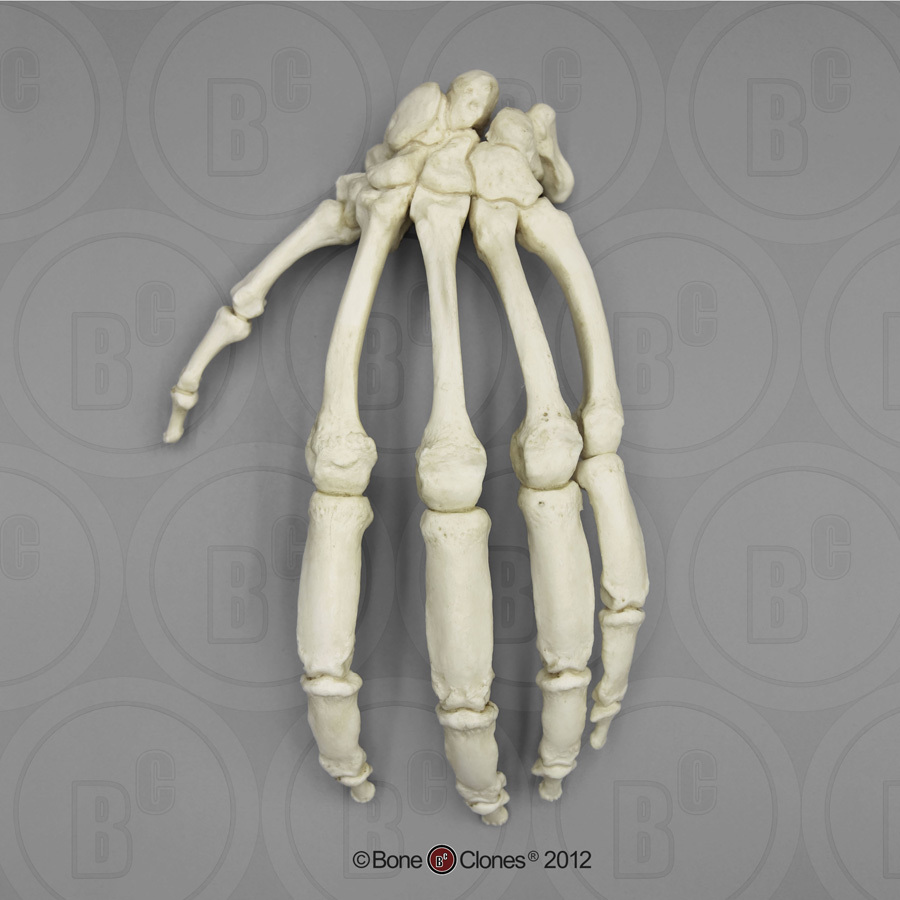

They further stated that this ratio in H. sapiens and chimpanzees ( Pan troglodytes). sapiens, excluding the distal phalanx in the fourth ray, has changed little since the evolution of the last common ancestor of H. (2015) reported that the thumb-to-fourth-ray ratio in H. gelada and 52%–58% in primates from an arboreal milieu, suggesting that it may reflect the degree of hand adaptation for grasping and climbing in an arboreal milieu or walking and running in terrestrial ones. On the other hand, the phalangeal index, namely, length of three phalanges in digit III × 100/total hand length, was found to be 42%–44% in Papio spp. Similarly, length of the thumb (total length of the metacarpal bone and proximal phalanx) relative to that of the third ray (total length of the metacarpal bone and proximal and middle phalanges) was larger in modern humans and archaic humans than in apes therefore, these features appear to facilitate forceful precision grip and pinch grips. In contrast, the index is the lowest in orangutans ( Pongo spp.) (mean, 40). sapiens (mean, 60), followed by baboons ( Papio spp.) and the mandrill ( Mandrillus sphynx) (mean, 57–58). The opposability index is the highest in H.

Regarding biometric ratios of relative lengths of different rays, the opposability index, namely, total length of the thumb × 100/total length of the index finger, is one of the indicators associated with manipulative skills.

For instance, phalangeal curvature, which is pronounced in orangutans, gibbons, and chimpanzees, is an adaptive response to the habitual stresses associated with suspensory or climbing behavior in more arboreal primates. Various types of biometric data have been used to analyze the relationship between hand skeletal morphology and grasping function. įunding: JU, KAKENHI # 21590194 (Japan Society for The Promotion of Science) The funders had no role in study design, data collection and analysis, decision to publish, or preparation of the manuscript.Ĭompeting interests: The authors have declared that no competing interests exist. This is an open access article distributed under the terms of the Creative Commons Attribution License, which permits unrestricted use, distribution, and reproduction in any medium, provided the original author and source are credited.ĭata Availability: Data are available from. Received: JAccepted: ApPublished: May 4, 2020Ĭopyright: © 2020 Tamagawa et al. PLoS ONE 15(5):Įditor: Xudong Zhang, Texas A&M University, UNITED STATES (2020) Correlation between musculoskeletal structure of the hand and primate locomotion: Morphometric and mechanical analysis in prehension using the cross- and triple-ratios. Furthermore, our study suggests availability of the cross and triple-ratios as one of the indicators to estimate the hand function from the skeletal structure.Ĭitation: Tamagawa T, Lundh T, Shigetoshi K, Nitta N, Ushio N, Inubushi T, et al. Our results suggest that suspensory or terrestrial quadrupedal primates have hand structures that can exert more torque at a suspensory posture, or palmigrade and digitigrade locomotion, respectively. Our mechanical study supported these features in the torque and traction force generation efficiencies. The traction force was markedly reduced with flexion of the MCP joint parallel to the torque in brachiating primates this was notably lower in the terrestrial quadrupedal primates than in the arboreal primates at mild flexion. Canonical discriminant analysis of cross and triple-ratios classified primates almost in accordance with their current classification based on locomotor behavior. Finally, the torques calculated from the model were validated by a mechanical study detecting the force exerted on the phalanx by pulling the digital flexor muscles during suspension in these three species. The torque exerted on the finger joint and traction force of the flexor tendons necessary for a cylindrical grip and a suspensory hand posture were calculated using the moment arm of flexor tendons measured on magnetic resonance images, and were compared among Hylobates spp., Ateles sp., and Papio hamadryas. To clarify this, we calculated cross and triple-ratios, which are related to the torque distribution, and the torque generation mode at different joint angles using the lengths of the phalanges and metacarpal bones in 52 primates belonging to 25 species. However, how relative lengths among phalanges are mechanically linked to the grasping function of primates with different locomotor behaviors remains unclear. Biometric ratios of the relative length of the rays in the hand have been analyzed between primate species in the light of their hand function or phylogeny.


 0 kommentar(er)
0 kommentar(er)
